Watching the Ukrainian conflict unfold on television has been indescribably painful. For those U.S. military veterans whose experience of war lacks perhaps the moral clarity of the Ukrainian cause, the feeling of helplessness is particularly acute. Despite a brave showing by the Ukrainian army and people, Russian victory seems inevitable — but what then?
“We will be fighting,” Oksana Markarova, the Ukrainian ambassador to the United States announced last week. “Not only our brave and motivated military but all Ukrainians … We don’t expect others to fight with us, but we expect all the support we can get.”
Ambassador Markarova’s promise — echoed repeatedly in the press by her compatriots — offers hope that a post-invasion Ukrainian resistance will turn the tide on Putin, and convince Russia that Ukraine is untenable. For readers of a certain era, that thought will conjure up images from the “Guns of Navarone” — with David Niven and Gregory Peck creating havoc with a hapless Wehrmacht in the mountains of Yugoslavia. (A slightly younger generation might think of “Red Dawn.”) The reality, of course, is that getting a respectable resistance movement up and running requires deliberate planning, and — despite some blithe commentary in the media suggesting otherwise — is by no means a straightforward task for any government to pull off successfully. In the early parts of the Cold War, efforts by the CIA and MI6 to back resistance in countries behind the Iron Curtain, such as Ukraine, the Baltics and Albania, all ended in disaster. More recently, a U.S.-led effort to raise a local force to fight ISIS in Syria also failed.
If the United States is serious about supporting a resistance movement in Ukraine, the decision to do so needs to be made now and a deliberate plan put in place before the Russian Federation has engulfed the entire country.
Fertile ground for Ukrainian resistance
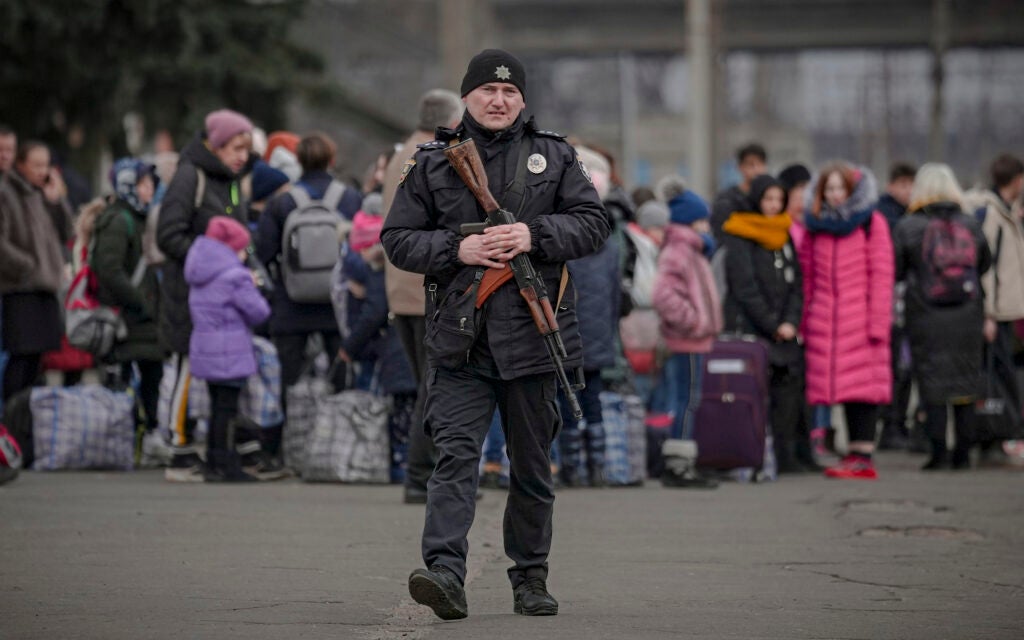
Ukrainian national resolve appears unshaken, which augurs well for a nascent resistance movement. And as anyone who has worked with the Ukrainian military will tell you, the last eight years of war with Russia, and increasingly close relations with the West, have led to a strong feeling of nationhood among the Ukrainian people. In a December poll of Ukrainians taken by a Kyiv think tank, 45% of respondents said they would resist a Russian invasion, weapons in hand. Even allowing for false bravado, that is a strong indicator of national resolve.
Evidence of this has been seen in the fight put up by the Ukrainian army from the outset of the invasion — the counter-attacks to take lost ground and the determined last stand made by a number of units and individuals. If Kyiv falls, the Ukrainian government will likely set up in Lviv, the largest city in western Ukraine, the birthplace of Ukrainian nationalism where 60% of the population say that they plan to resist a Russian occupation.
Popular support, however, while necessary for any resistance movement is by itself not enough. The U.S. government must now ensure that other conditions are in place.
What are the legal implications of supporting resistance in Ukraine?
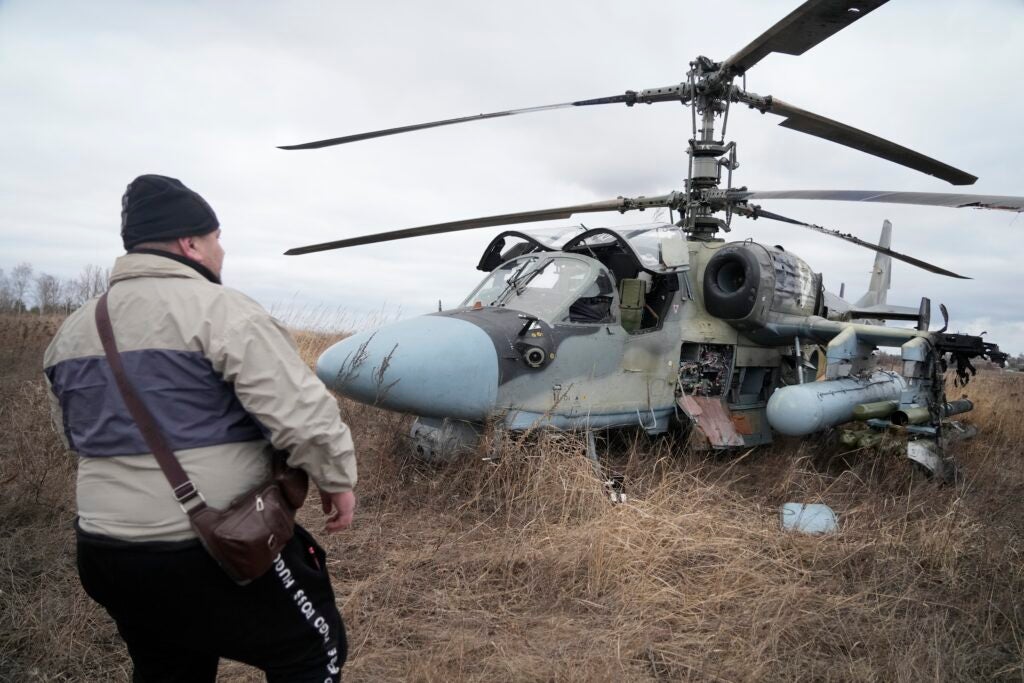
The first step must be to ensure that the domestic legal requirements for supporting a resistance movement are in place. If the Russians capture the whole country, then the question becomes one of sponsoring resistance against a sovereign nation, which is illegal in the absence of a Presidential Finding to permit covert action.
No finding will be needed if the United States recognizes a government in exile as the legitimate government of Ukraine. There’s a good chance that this question is already being discussed, or at least it should be. In 2016, while serving as a special operations task force commander in the counter-ISIS fight, our plans to raise an active resistance in Mosul were, at the last minute, stymied by a legal requirement that forbade us from using proxy forces for lethal action.
A clear policy: How far are we prepared to go?

The United States needs to establish clear campaign objectives for the resistance, with the resources required and an assessment of the risks involved. The goal will be to sustain a viable resistance and cause pain for the Russians — ultimately forcing them to withdraw without risking armed conflict with Russia. But what will that entail?
Lethal aid has previously been thought of as the Rubicon for any country supporting an insurgency, but it’s not that simple anymore. Some of the most effective assistance that the United States can give a resistance movement in Ukraine will probably be in the cyber domain and on the electromagnetic spectrum — actions to selectively jam or deceive Russian command and control systems. Such actions, even if confined to those units in Ukraine, heighten the risk of escalation. This isn’t a topic that the United States can just back into. It needs to be discussed now.
A grinding war of attrition will not benefit the Ukrainian people. The longer the resistance continues, the more savage reprisals are likely to be; Russia has a track record of using brutal methods to suppress such activity, as witnessed in Chechnya. Washington will want to insist that members of the resistance are treated by the Russians as combatants with all protections that accrue under this heading. Convincing the Russian government that it is in its interests to do so will be the trick — it may seem that they have little more to lose at this point. As with everything that involves Putin, some creative diplomacy will be required in crafting a message that things will most certainly get worse for him if he mistreats captured members of the resistance or commits atrocities against the Ukrainian people. The story of Slobodan Milosevic, the former President of Serbia who died in his cell at the Hague while undergoing a trial for war crimes, provides a relevant cautionary tale.
Setting up safe havens
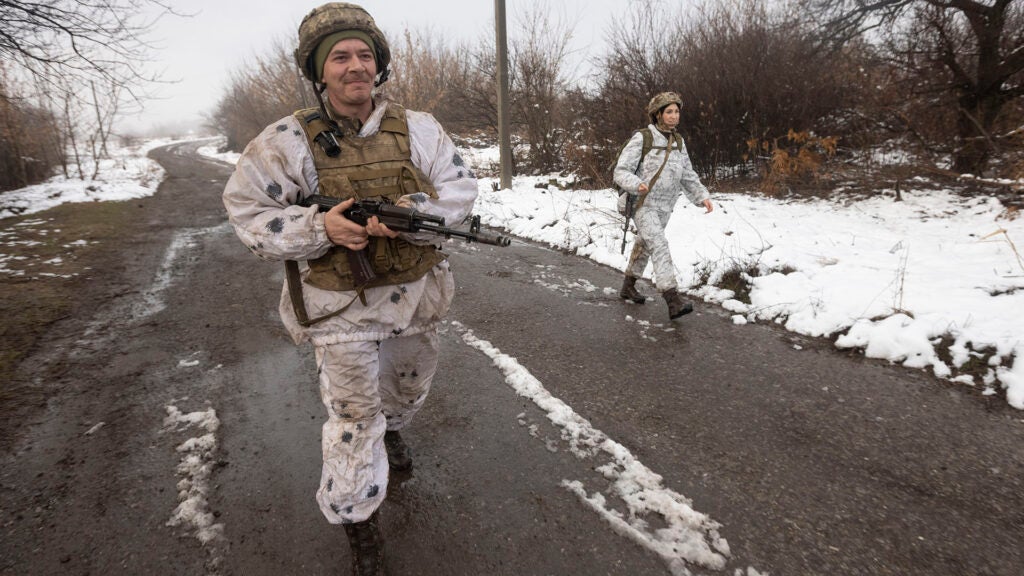
Every successful resistance requires a safe haven, a secure area where a resistance force can resupply, train, treat its casualties, and plan future operations. The need for such a location is as much psychological as physical since a safe haven helps guard against the debilitating sense of isolation and vulnerability to exposure that must inevitably undermine the morale of any movement fighting an occupation force.
It is difficult, if not possible to seal a country’s borders hermetically. Historically, no counterinsurgency campaign has been completely successful in doing so — not the French in Algeria, the Americans in Vietnam, the British in Northern Ireland nor again the U.S. military in Afghanistan and Iraq.
Ukraine, Europe’s second-largest country, has thousands of miles of border, much of which abuts against NATO territory. The Russians will not be able to stop the flow of aid to a resistance group across these borders, but safe-havens come at a cost for those countries that provide them, wittingly or otherwise. Occupying armies tend not to respect international boundaries when it becomes apparent that insurgent forces are using them for protection — cross-border air and artillery strikes and raids are the common methods used in such circumstances to destroy safe havens and to deter countries from hosting them. In some cases, safe havens incur a full-scale invasion — as was the case with Israel’s invasion of Lebanon in 1982 or South Africa’s incursions into Angola and Botswana in the 1970s and 1980s.
In the four NATO countries bordering Ukraine — Poland, Slovakia, Hungary, and Romania — this concern will already be weighing in a decision whether to support a Ukrainian resistance. Indeed, the ramifications of Russian retribution go beyond the individual countries involved — since any violation of their borders will trigger NATO’s Article V, thus challenging the principle of collective self-defense that lies at the heart of the organization’s founding treaty. Washington needs to move now to ensure that the countries concerned are on board, with a focus on Poland since that country’s position, length of border, and current U.S. military footprint make it the best option. Because of the potential downside involved for those countries, this will involve a concerted diplomatic effort.
The need for a safe haven is heightened by the transparency of the modern battlefield. Escaping the reach of occupying forces is harder now thanks to drones, satellites, and thermal imagery. But technology, of course, works both ways. U.S. assistance will need to involve direct support to enable resistance units to defeat Russian drones and other methods of surveillance.
Supply sensors and shooters
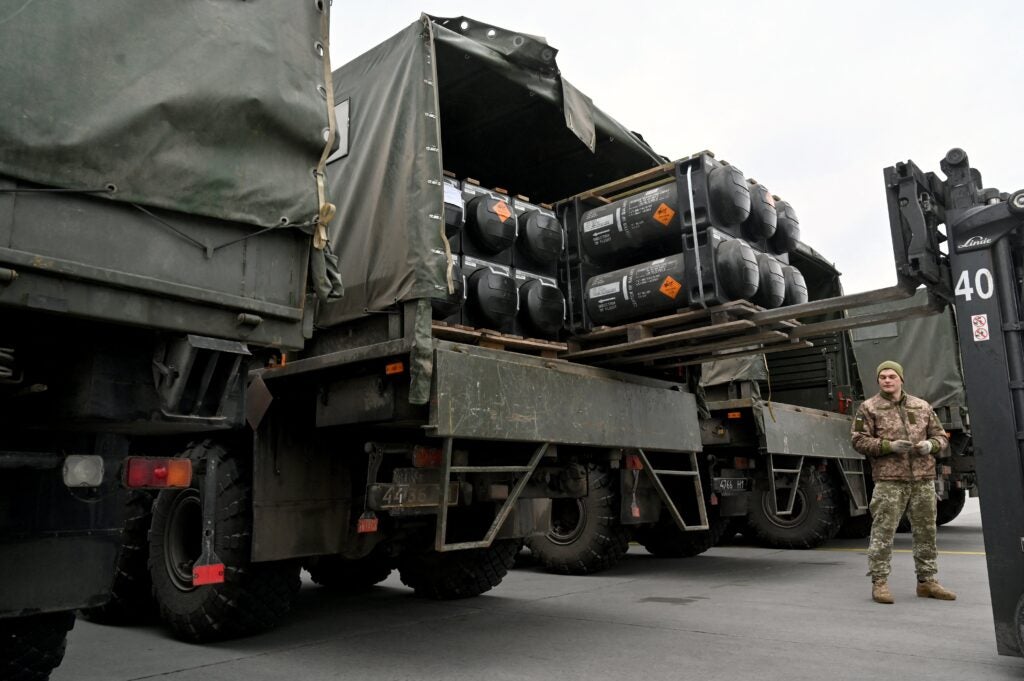
Careful planning has to go into supplying the resistance with what it most critically needs. Logistics lines that are set up from point of manufacture or warehouse to distribution in-country or at a safe haven, are bound to be vulnerable. Redundancy is therefore all-important — as is prioritizing what gets passed along these lines.
Since resistance fighters are likely to be outnumbered in every engagement, they will need more than small arms or anti-tank weapons to give them the ability to engage the Russians outside the range of the latter’s weapons. Man-portable anti-tank and anti-aircraft missiles have been making the news, but U.S. assistance should also include plentiful drones such as the Bayraktar TB-2, which is capable of penetrating Russian air defense systems and loitering munitions, which can search out and destroy with precision targets several miles from the operator. Even simple kamikaze drones such as the Switchblade, which has a range of roughly 6 miles and is relatively inexpensive, would be the ideal weapon to provide en masse to the Ukrainian resistance.
The Javelin anti-tank guided missile, already supplied to the Ukrainians, is the only such weapon capable of defeating the Russian T-90 tank’s reactive armor, but it requires a particular model of warhead to do so. It’s unknown if the Ukrainians are already in possession of this particular model, but if not, it should now become a priority to get it to them.
The same goes for the latest model of the famed Stinger anti-aircraft launcher, which advertises the ability to shoot down fast-flying fixed-wing aircraft. And lastly, a hand-held counter-drone capability will be worth more than its weight in gold.
Western military observers will have noticed the tendency among Russian mechanized infantry to remain “buttoned up” in their vehicles after contact with the enemy, effectively ceding the initiative and leaving themselves vulnerable to mass casualties from a single anti-tank projectile. This is partly a function of the way that the Russian battalion tactical groups are organized with just a few soldiers per vehicle, and partly a result of poor training. In a few weeks will come the springtime thaw, or rasputitsa – a term that means “time without roads” in that part of the world. The same intractable mud that stopped the Wehrmacht will now slow Russian operations and logistics efforts – making the armored vehicles upon which they are so dependent even more vulnerable.
Stand up a cyber resistance

U.S. assistance should include cyber and electromagnetic operations targeting Russian forces in Ukraine. This carries with it the risk of escalation, but in the current situation the United States can make a clear distinction between cyber-attacks launched against the Russian homeland, and those directed against Russian military forces violating Ukrainian sovereignty, with the latter declared fair game. This last point could be made as an explicit red line to Putin to avoid turning a tactical cyber campaign into mutually assured paralysis.
Alternatively, because cyber and electromagnetic spectrum operations are notoriously hard to attribute and because their intermittent use in support of resistance operations could be below the threshold of Russian detection, the United States might choose not to claim ownership.
Electronic and cyber-attacks could be used to target the command and control nodes of those Russian units on Ukrainian soil. Such attacks would involve more than intermittently shutting these systems down. They would instead create ambiguity — a perception that Russian forces are not where they are supposed to be, and Ukrainian forces are everywhere.
The United States should also target Russian logistics via cyberattacks against rail networks in Ukraine and leading into Ukraine. A number of the Ukrainian rail lines are electrified and therefore vulnerable to cyber interference with control stations and power sources.
Get into Ivan’s head
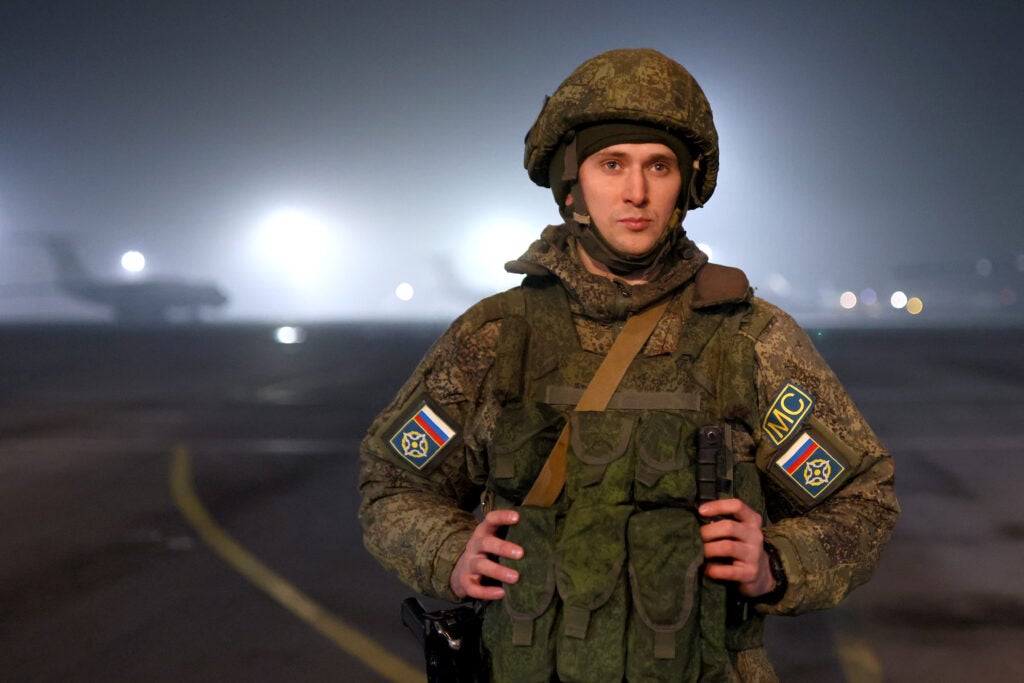
Insurgencies tend to be particularly nasty wars that bring out the worst in people. U.S. efforts should focus on delivering this fact to the Russian people — while undermining the morale of Russian soldiers in Ukraine. The occupation force is likely to be comprised — as most of the Russian Army is — of conscripts who lack the training, maturity, and discipline required to fight a successful counterinsurgency. They are less likely than regular soldiers to take the trouble to do those little but burdensome tasks that help keep you alive in such an environment.
They are more likely to succumb to grief and anger following the loss of comrades. And they are more likely to overreact to provocation, with results that undermine their cause. These are fertile conditions for a coherent information campaign, which could be launched by the Ukrainian resistance with U.S. technical assistance.
Build Ukrainian resistance networks
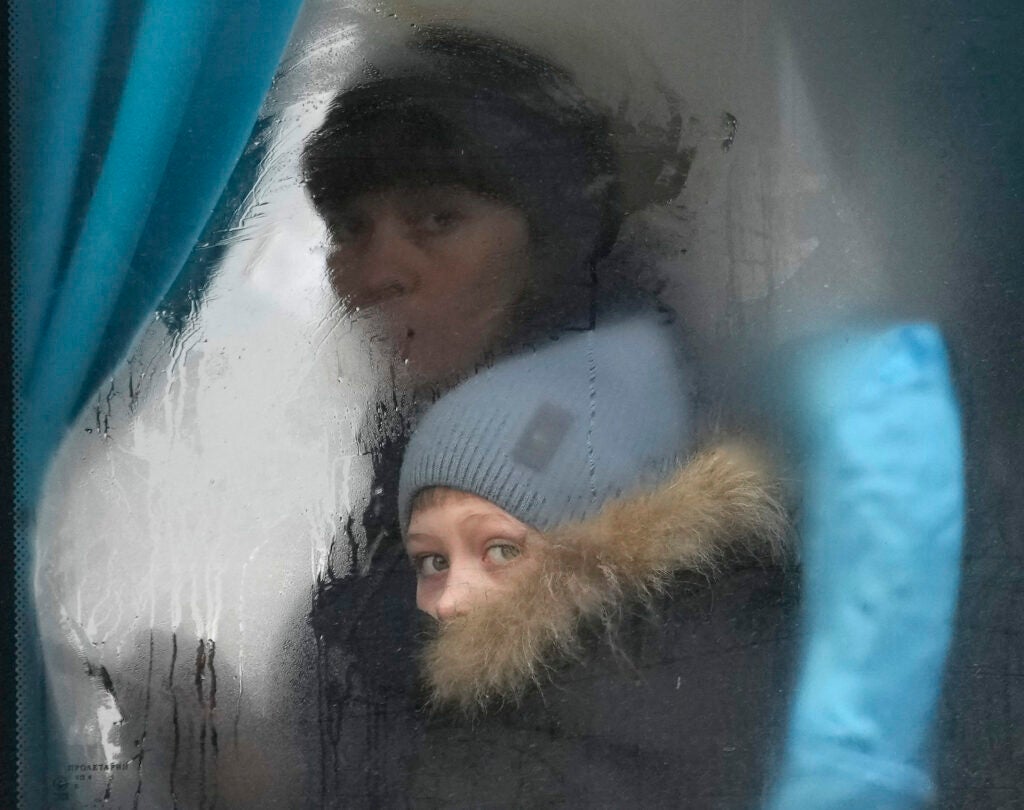
The resistance must have roots in the heartland. Cross-border raids will have limited effect, so the resistance needs to strike instead where Russian forces are most vulnerable: logistics supply lines and command and control nodes. For these targets it is much easier to use resistance fighters already in the area — people living ostensibly normal lives but with access to weapons and communications — than to try to infiltrate a force from outside. The best approach may be to combine the two, which requires planning and preparation to put in place. The U.S. will likely be working now to identify and contact these networks, and if not, it probably should.
The U.S. military will need to set up a fusion cell with Ukrainians to process information collected, shared, and disseminated in support of the resistance. One proviso: U.S. military personnel involved will need to overcome their squeamishness about commercial platforms. In 2016, most traffic between my counter-ISIS task force and resistance groups in Mosul took place on WhatsApp and Skype. We shouldn’t expect the Ukrainian resistance to act differently.
Rescue the leaders
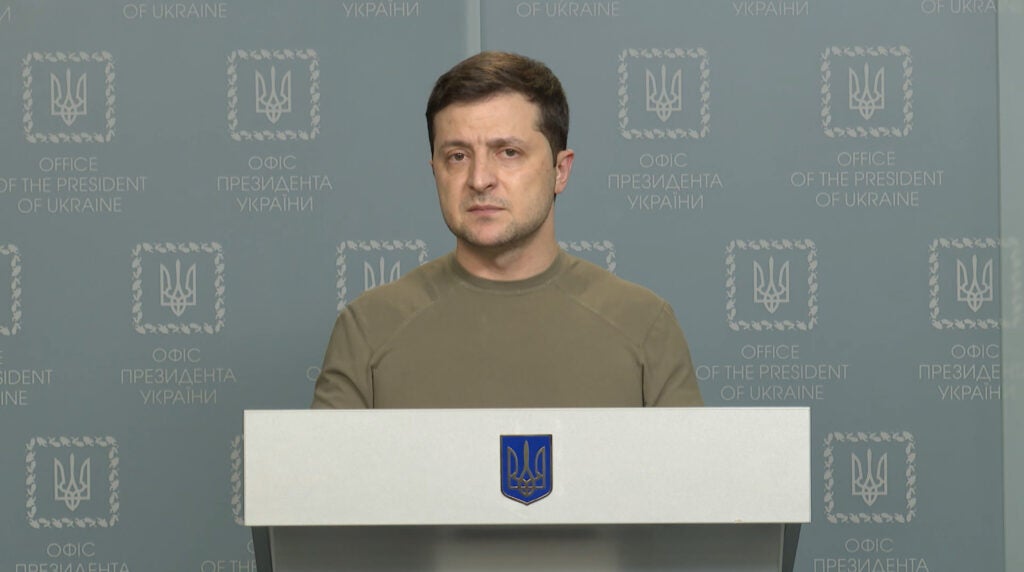
Russia’s leaders are already alleged to have drawn up capture or kill lists of those who might be involved in any resistance to prevent it from developing. Indeed, they would be foolish not to do so. The immediate aftermath of Russia capturing the country will see a round-up of these Ukrainians with an effect on the nascent resistance that is impossible to estimate now.
The United States should work with the Ukrainian government to get many of these leaders out of the country now, and into one of the safe havens being established to support the resistance.
Provide continuous training
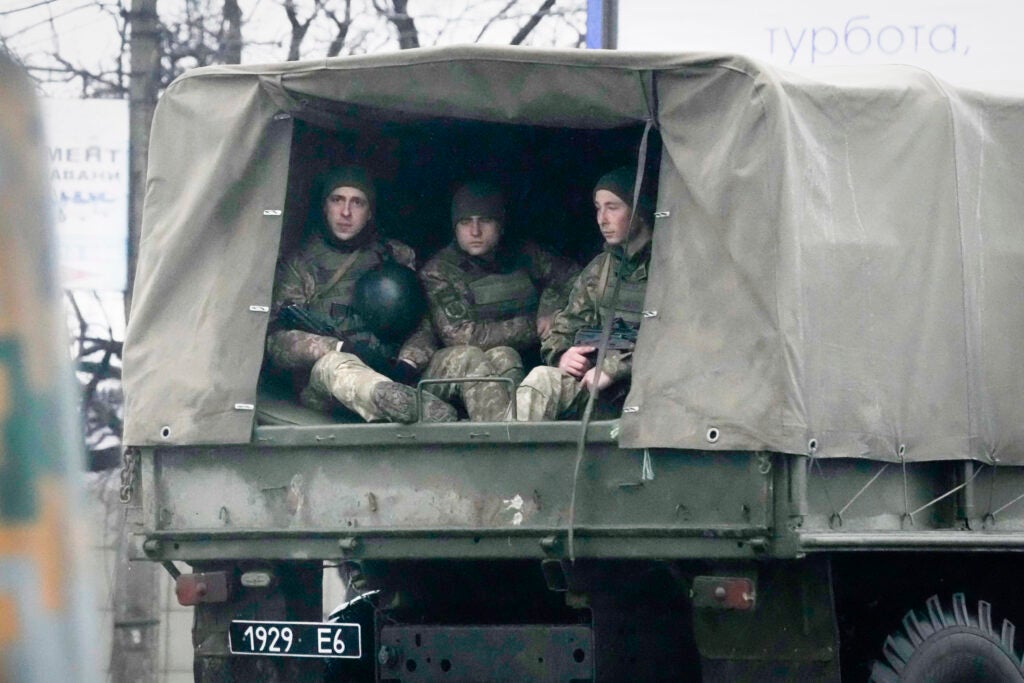
Creating resistance fighters from scratch is a labor and time-intensive enterprise with results that are more often than not disappointing. Ideally, resistance fighters are already familiar with the tools of the trade, and just need to be fed and equipped, as was the case, for instance, with Mujahedin fighting the Russians in Afghanistan. One can expect for there to be in Ukraine a pool of such men and women with the training and motivation to continue to resist: former soldiers of the Ukrainian Army in addition to the hundreds of thousands of Ukrainian civilians with military experience. U.S. training efforts will focus therefore on specialized skills — such as the employment of drones and anti-tank and anti-aircraft weapon systems or the manufacture of improvised explosive devices. U.S. trainers must also plan to collect and propagate by training specific tactics and techniques that have proved to be particularly effective against the Russians. These efforts will require semi-permanent camps, far enough from the border to avoid surveillance or attack. Such camps excite international interest and trigger political sensitivities, all of which Washington must be prepared for.
Where we go from here
Invading a country is one thing, occupying it is quite another, and barring escalation, time is on the side of the Ukrainian resistance. The Russians will move quickly to detain or kill resistance leaders, whose identities we must assume they know. These initial successes may disrupt initial plans for the resistance, but won’t be fatal. Other leaders will take the place of those who were arrested, or killed, and the organization will adapt and gain momentum.
Time may be on the side of the Ukrainians, but that does not mean that the insurrection will end quickly. The fall of the Taliban in 2002 at the hands of the Northern Alliance was an anomaly that may have left policymakers with a false impression. Resistance movements take time to build momentum and achieve their goals, usually years. Supporting an insurgency throughout will take political will and strategic patience — resources that are perhaps most likely to run out first.
+++
Andrew Milburn retired from the Marine Corps as a colonel in 2019 after a 31-year career as an infantry and special operations officer. His last position in uniform was Deputy Commander of Special Operations Central (SOCCENT), and prior to that commanding officer of the Marine Raider Regiment and Combined Special Operations Task Force – Iraq. Since retiring, he has written a critically acclaimed memoir, When the Tempest Gathers, and has had articles published in a number of national publications.
What’s new on Task & Purpose
Want to write for Task & Purpose? Click here. Or check out the latest stories on our homepage.
